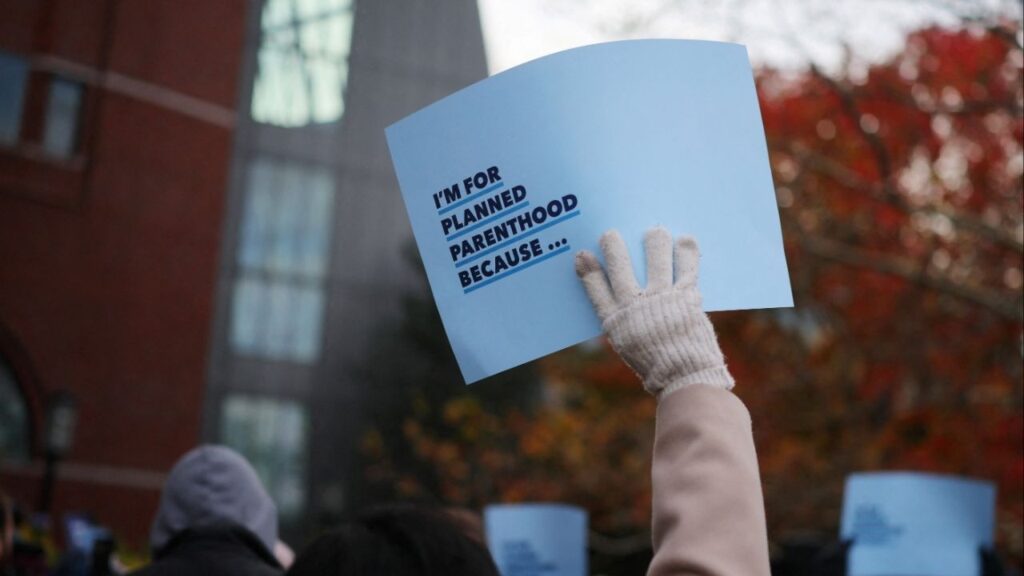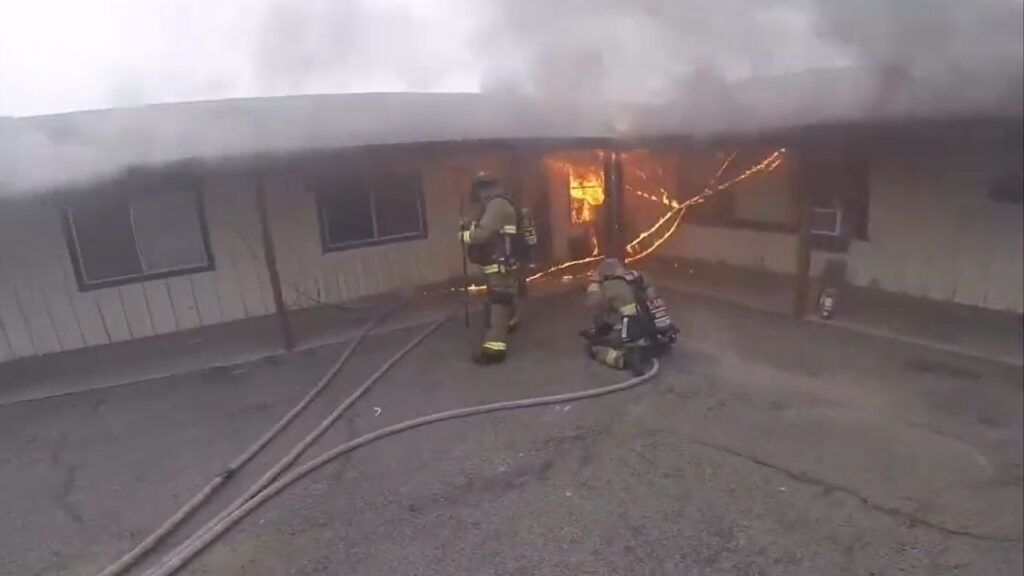Share
The state Department of Finance reported this month that California, which has a stubborn and growing shortage of housing, added just 77,000 houses, apartments and condos in 2018.

Opinion
Dan Walters
CALmatters Commentary
Actually, private and public housing developers drew permits for well over 100,000 units, and about that many were constructed. But a whopping 23,700 existing homes were burned or demolished, more than half of them in just one community, Paradise, which was virtually destroyed by wildfire.
With fire losses, the net addition was lower than the 85,297 recorded in 2017, which was lower than the 89,457 in 2016—a situation that Gov. Gavin Newsom labeled as “deplorable” when he introduced a revised state budget this month.
“The underproduction of supply continues to define the housing crisis the state is currently facing,” the revised budget declares. “California is home to 10 of the least affordable major markets and six of the 15 most expensive large metropolitan rental markets in the country. Rising costs continue to strain homeowners and renters statewide and negatively impact the state’s quality of life and long-term economic prosperity.”
It’s one of many socioeconomic issues that Newsom vows to confront and resolve during his still-new governorship. He is touting “a comprehensive $1.75 billion proposal to spur housing production, including planning and production grants to local governments, expansion of the state’s housing tax credit program and loan program for mixed-income housing, and opportunities for innovative housing projects on excess state property.”
Consequence of Soaring Home Prices and Rents
Newsom said he also “has refocused $500 million to removing barriers to building affordable housing and adding funding to assist California renters.”
This year’s legislative session, meanwhile, bristles with dozens of proposals their sponsors say will aggressively attack California’s housing shortage and its consequence of soaring home prices and rents.
The best-known measure, and one that has appeared to have the greatest potential impact, is Senate Bill 50, which aims to overcome local not-in-my-backyard opposition to new housing by establishing a right to build multi-unit projects in “transit-rich” or “job-rich” communities with housing shortages, regardless of local zoning laws.
SB 50 recognizes the most important fact about closing California’s housing gap: that direct governmental spending, such as what Newsom proposes, has only a marginal effect and that the most urgent need is to make private housing investment more attractive by reducing the costs and red tape now associated with projects.
SB 50 Was Put on Hold Until Next Year
However, the bill’s author, Sen. Scott Wiener, a San Francisco Democrat, has been compelled to revise the once-straightforward bill to accommodate pressure from local officials, who cherish their land use powers, and his fellow legislators. The changes seem to be watering down its potential for a big impact.
The Terner Center for Housing Innovation at UC-Berkeley, in a new analysis, says the bill’s stated goal is undercut by carve-outs for specific counties and delay of the measure’s provisions in locally defined “sensitive communities.”
“Certainly, upzoning is not a panacea for solving the housing crisis,” the analysis concludes, adding, “It will take years for new supply to have a measurable effect on housing affordability, which is why any efforts to change land use regulations need to be accompanied by renter protections and policies that expand access to affordable units. But maintaining existing land use regulations that allow localities to avoid permitting new multi-family housing—and especially affordable housing—is not the solution either.”
Last week, SB 50 was put on hold until next year. Its struggles underscore the truism that housing is a tough political nut to crack.
CALmatters is a public-interest journalism venture committed to explaining how California’s state Capitol works and why it matters. For more stories by Dan Walters, go to calmatters.org/commentary.
[activecampaign form=19]


















